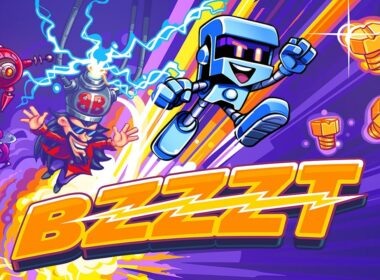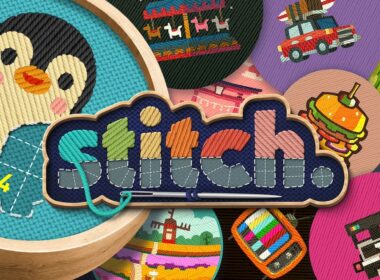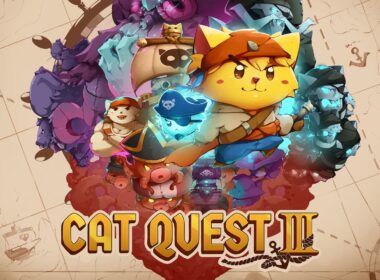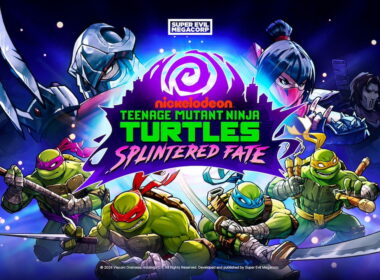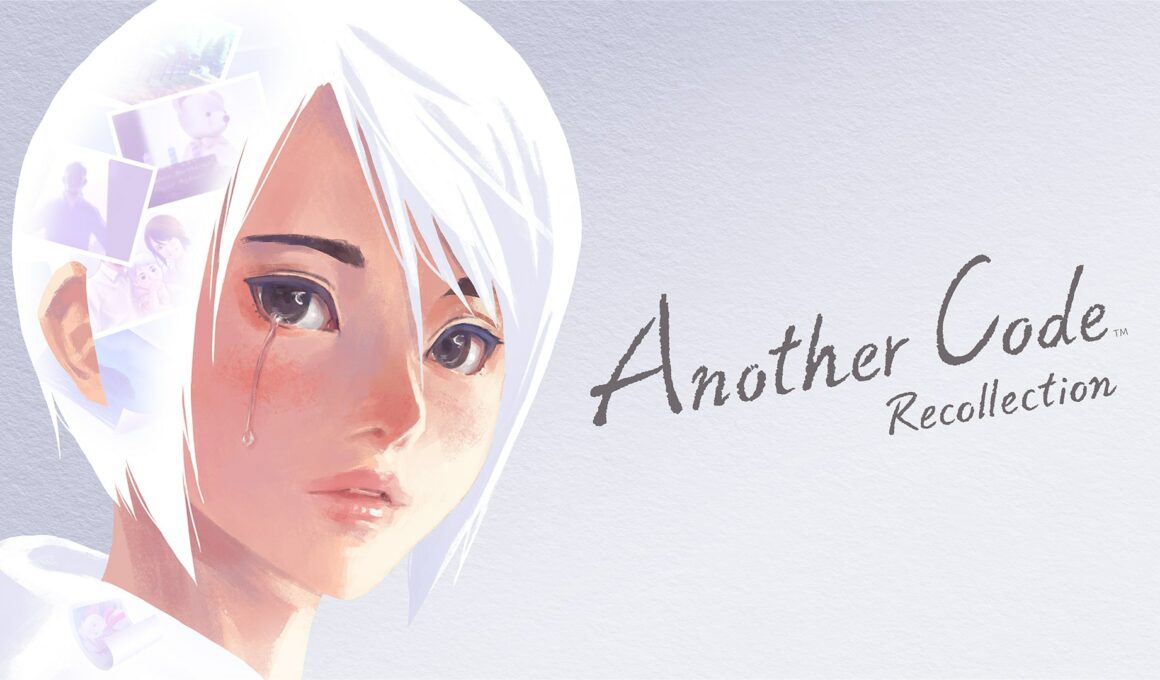My first interaction with Cing’s game catalog was Hotel Dusk: Room 215. I remember sitting in my university’s food court on a cold, rainy night playing a cartridge I got for absurdly cheap in a used game store on my Nintendo 3DS. I had started around lunchtime and ended up not leaving until the game was done. It compelled me like no game had done before, I don’t think I’ve seen a studio so adept at building digital worlds since Cyan (creators of the Myst series). While both studios make Puzzle Adventure games on paper, the true appeal for me has always been to just exist in a unique space. Cing developed a knack for designing worlds with stylised realism, with detail put into making their settings feel effectively lived in. You constantly feel as if you might have just missed the people who inhabit the spaces you find yourself in.
A blind spot for me in my Cing appreciation has always been the Another Code duology. Another Code: Two Memories was an early Nintendo DS title, and its sequel Another Code R: A Journey into Lost Memories released on the Wii. American fans might be confused by this name, as the first game was renamed and relocalized as Trace Memory with the second never making it over. Another Code: Recollection seems to remedy this, by remaking both games entirely from the ground up for a worldwide audience. I think what it changes might be slightly controversial for fans, as a newcomer I couldn’t have been happier with the games I had just played.
Both games’ disparate art styles have been homogenized into a 3D, third-person over-the-shoulder adventure game. This might be disappointing to some who love the pre-rendered backgrounds of the DS game or the charming side-scrolling of the Wii title, however, I believe the team remaking these games did an absolutely incredible job. Another Code: Recollection might be one of the best-looking games I’ve ever seen on the Nintendo Switch, due in part to brilliant graphical stylization. An attempt was made to match lead artist’s Taisuke Kanasaki style, and while the character animation can sometimes seem a bit stilted it never compromises the visuals.
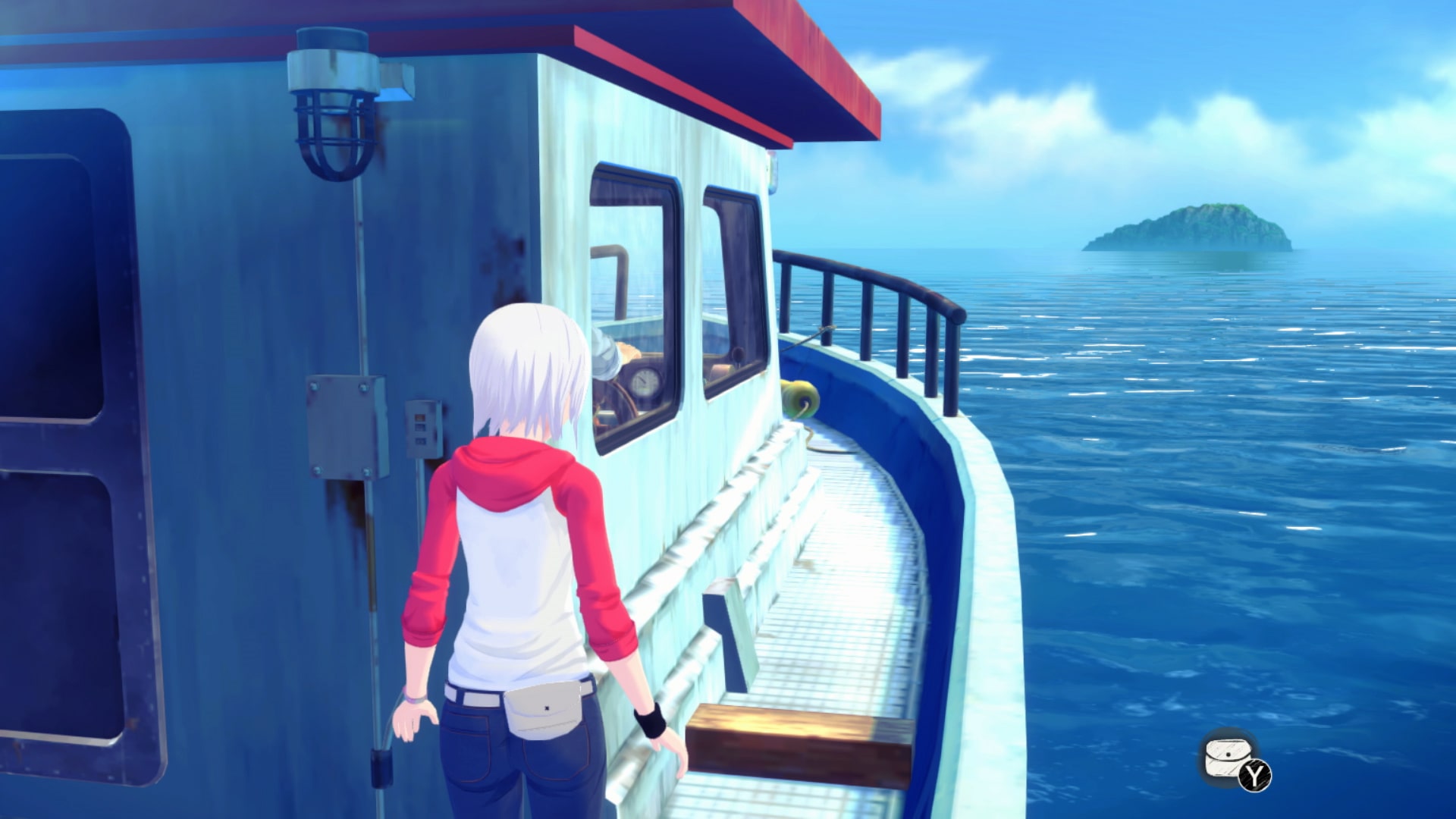
I think the only real problem with the transition to 3D is the new fully controllable camera. The things you can see with this camera are a sight to behold on Switch, with beautiful detail in every single room and home across both games. Moving it felt awkward in how consistently inconsistent it was. Sometimes when running the camera can get caught on the environment and stick extra close to Ashley for longer than you’d like. The default speed also feels off, but thankfully you can change that in the system settings. This doesn’t sound like a huge problem, and it really isn’t in the grand scheme of things. It’s just the only real issue I came across when it came to controlling the game, the experience is smooth overall.
For this review, I played through each of the games on their own and then looked into the differences with the original. I am not able to play the originals without a lot of extra work, but I wanted to see how a first-timer’s experience would be since this release is now the most accessible version of these games. They exist now to be one continuous experience, with R not even being accessible until after you complete the original game’s campaign. This would probably be a downside for many, but I think enough has changed to deserve an entire replay of Another Code. I can see justifiable frustration though for people looking to replay only R after they’ve hit credits in Another Code: Recollection, so I recommend keeping several saves.
In trying to streamline them into a single, cohesive experience they’ve had to redesign a lot of the puzzles to work around the Switch’s system gimmicks. From my quick glance of Long Plays on YouTube, it seems that the overall volume of puzzles has decreased somewhat. I wouldn’t say this game has exceptionally devious puzzles, but I must acknowledge that I’m a veteran adventure game fan. There’s a tendency to ignore a game’s intended audience, and in this instance it is teenagers. I think what’s on offer is fair in its challenge and interesting in execution.
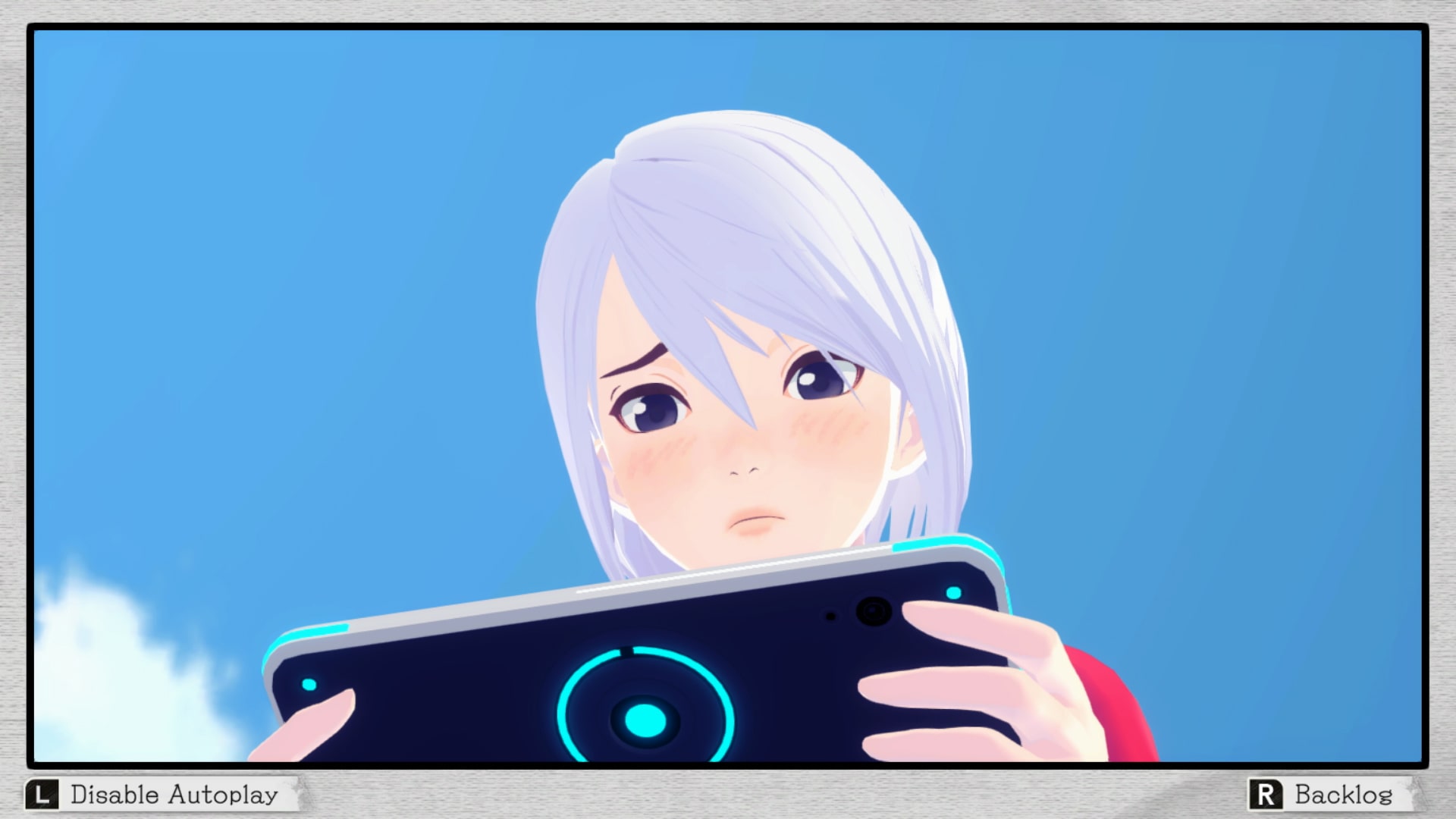
I truly wish we could return to quirky console gimmicks that are perfect for puzzle solving, like investigating objects with a Wii Remote or closing the DS screen, but this version of the game will hold up much longer even if there weren’t any puzzles that broke the mold to that extent. What we have instead are mainly puzzles involving the 3D space or utilizing the Joy-Con’s gyro. I can only assume, but I think the decreased focus on puzzles was done in acknowledgment that Cing’s greatest strength was world design and storytelling. Both have been elevated in this remake.
The original Another Code is probably the more faithful of the two here, following the same beats of its narrative and pacing. The original game was roughly six hours long, and with all the new voice acting and fully explorable mansion at a full scale my playtime was about seven hours. You play as Ashley Mizuki Robbins, a fourteen-year-old girl going to the mysterious and abandoned Blood Edward Island to find her long-lost father. She runs into the ghost of a young boy, and the two decide to work together to find out more information about both of their unknown pasts.
I’m sad this couldn’t have been a formative game for me, since I would have absolutely adored it growing up. I know this because I still found myself having a wonderful time exploring this mansion as an adult. I’ve become a big fan of survival horror in recent years, so wandering around the somewhat spooky and empty mansion most of the game takes place in felt comforting. I can’t say I was surprised by many of the mansion’s secrets, but I can only imagine how this would come across to anyone not in the know. The plot makes up for this by being just the right level of high concept to keep you guessing on just why or how this all happened.
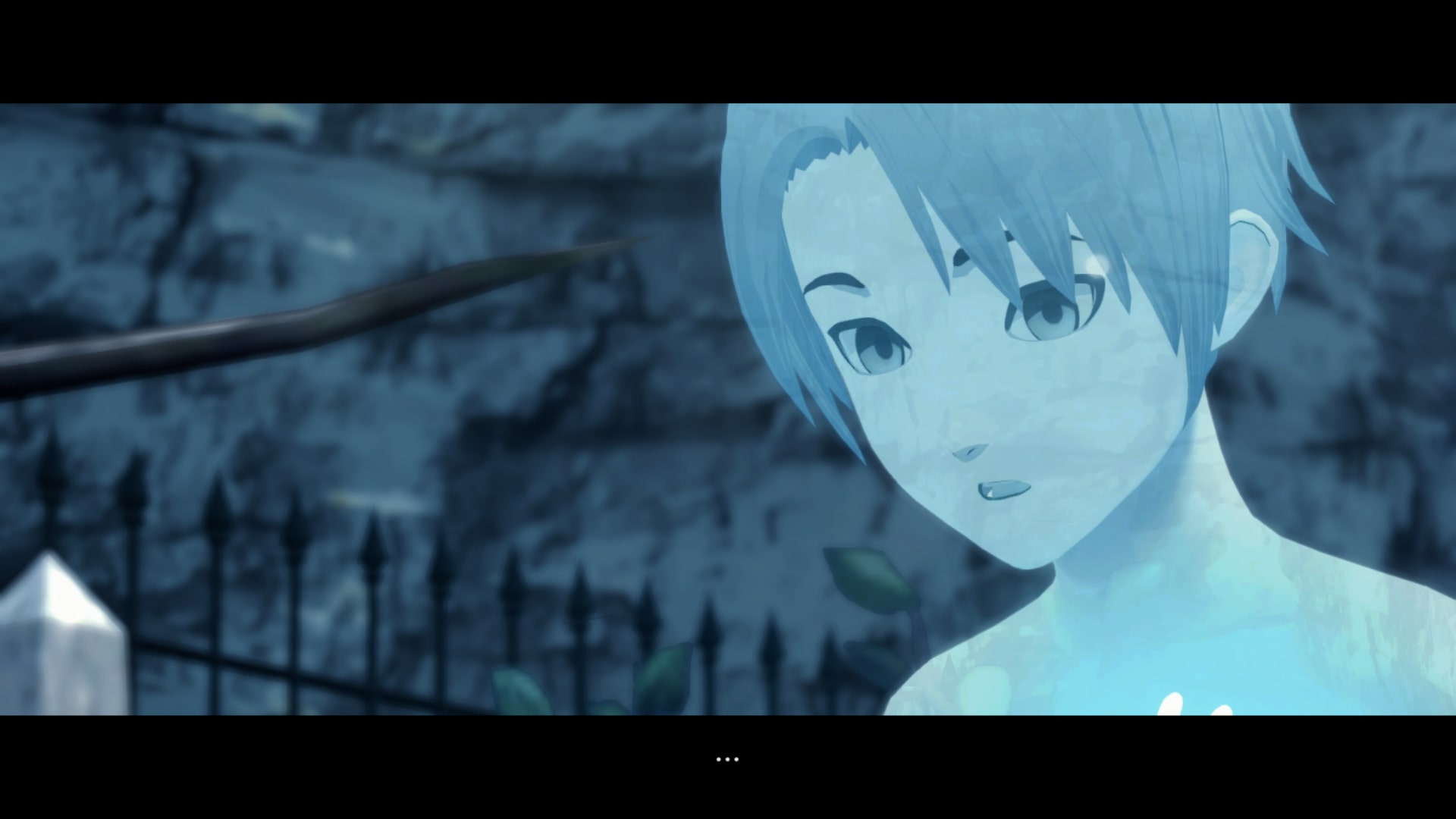
Early in the game, Ashley gets a device called a D.A.S., which has been changed from a sort-of Nintendo D.S. into a sort-of Nintendo Switch. The main gimmick of this is the ability to take photos of her environment, which can be used to help solve puzzles and scan QR code origami cranes to get lore notes. The game will provide you hints on where to find them, but I personally loved hunting them down on my own as I slowly unlocked more and more of the mansion. I finished the Two Memories campaign in a single sitting, because I was just that enamored by the way it delivered a pretty dark story for its intended audience. Its themes are particularly strong, and Ashley is a wonderfully written teenage character. That can be rare, especially for younger teens not really having as much direct representation as they did in the DS era.
Another Code R could not be a more different experience than its predecessor. While the original was a solitary experience on a melancholic island, Another Code R features a sizable cast in a gorgeous lake camp brimming with energy. Two years after her adventure on Blood Edward Island, Ashley is called to Lake Juliet on a mini vacation. The details spoil a bit of the original game but just know that she doesn’t want to be here. She’d rather be practicing with her band, but she slowly realizes she’s been here with her late mother years before.
I think the moment I truly fell in love with Another Code: Recollection’s attention to detail was when entering the Guesthouse to check Ashley in. A corny theme song for the lake blasts from the speakers, something I’d later find was an entirely new addition to this version of the game. Imagine an underpaid camp counselor being told to come up with a theme song for free, despite him having no experience singing. It’s absolutely glorious. That’s just one of many small details extrapolated and dialed in on, you’ll find those kinds of things in every single area of this game. I was blown away by how they were able to recapture the beauty of Cing’s adoration for how mundane people live their lives.
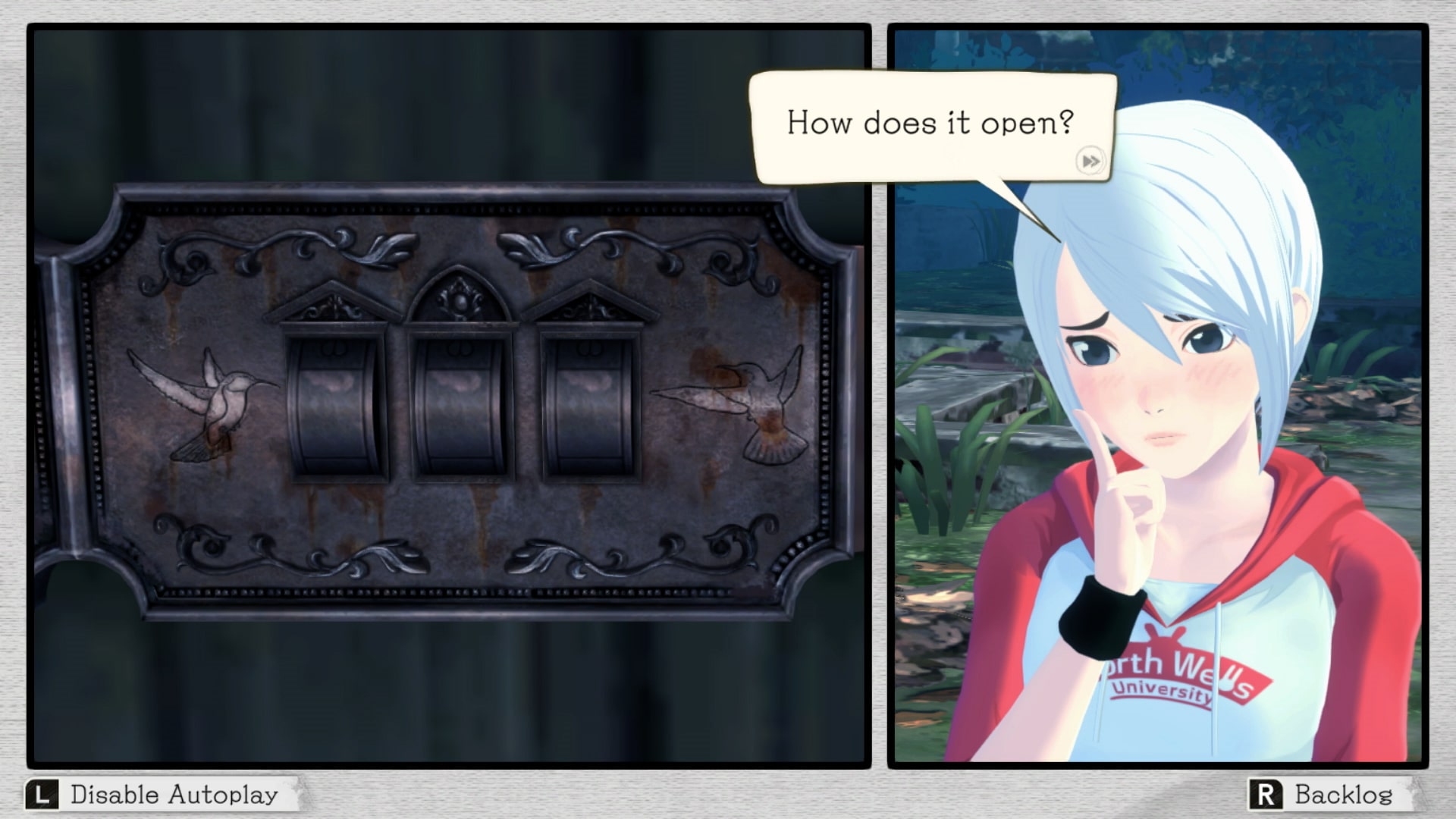
There are so many parts of this game that lack an exact “game design” purpose, but Another Code R relishes in fleshing these out. It rewards you when you simply linger and take in the beauty of life. You can buy things from the gift shop, just because. You can buy cans, drink them, and then recycle them for coins. Maybe there’s some kind of secret you can unlock by doing all of this, or maybe it’s just superfluous. Regardless of the answer, I adore things like these in games. There are probably a lot of optional things I missed in Lake Juliet, and I love that. You can feel Ashley grow fond of the place as the game goes on, just as you yourself grow more comfortable with it.
As much as I loved simply existing in Lake Juliet, I wish there had been more puzzles. The puzzles here are good but don’t really fully build off of the neat concepts established in the first half of the package. Its biggest new gimmick is timed quick-time event sequences to unlock certain doors, which do evolve as you play more but aren’t very interesting after the first couple. The normal puzzles are quite good though, but are unfortunately spread out a bit too far for my liking.
But in the same way, I wasn’t able to find myself being as upset as I might in most other puzzle games. It more than makes up for it by capturing a vibe I’ve never seen from any other game. You really feel like you’re on vacation, wandering around this small little town on the lake and checking in on the quirky people living here. It feels like the most eventful day in your life, the kind you’ll think back on years from now even if you thought it was just going to be another day. You didn’t want to go there, but it changed your life for the better. These days are so very rare in life, and as I sit here in the twilight years of my twenties I find myself missing it. Another Code R is the picture-perfect idealized version of a nostalgic day at the lake. Maybe that doesn’t sound interesting to you at this time, but it will one day.
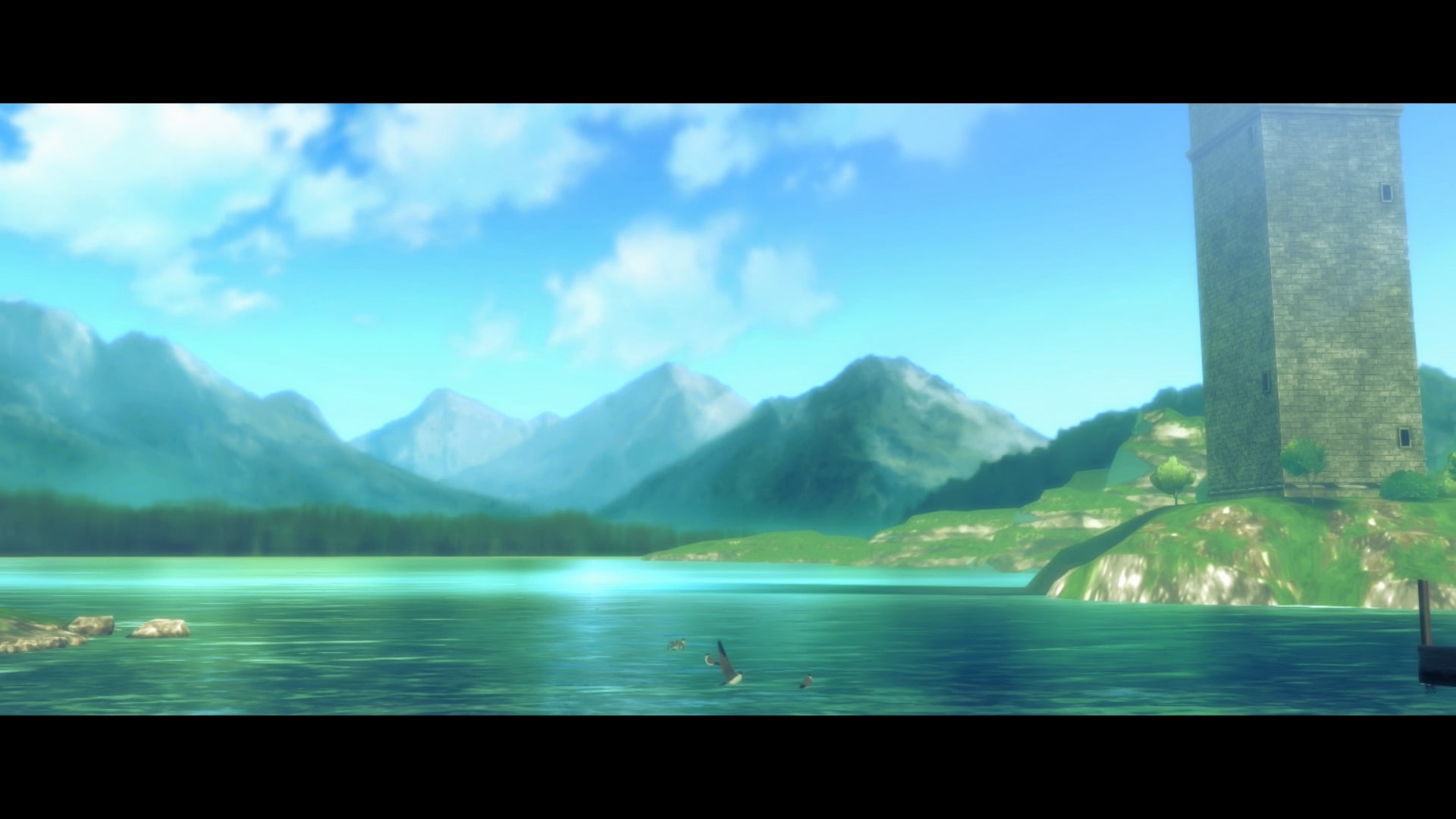
This game probably had the most changes between the two, from structure to characters to story. It follows the same general story beats, but more things have been moved around here and a couple of characters have slightly different roles. The cast themselves have all been redesigned, and the new designs are expressive and diverse. I had also been told that the original was about a 15-hour-long experience, and I think I finished this in about 10 hours. As far as I’ve seen, not a lot was explicitly cut out of the original game but it seems like it was streamlined. I had actually been looking forward to a slower-paced game (the word “boring” had been thrown around often in old press reviews of the time, which excited me), but I think the pacing now matches a lot more with Two Memories. They flow into one another rather well, but I can see how some older fans would appreciate how unique each experience was.
While I can’t get into specifics, both games have a thematic throughline of examining dysfunctional relationships between parents and their children. We see so many different kinds of parent-child relationships at play, and it feels so believably human. There’s a lot of conflict, of parents thinking they know best and children being unable to comprehend the difficulties of being an adult. I especially found it interesting how often it shows characters raised by a single parent for a variety of different reasons, and as someone whose first memory was moving in with my mom after a divorce it made me feel seen. There’s a hopeful message here, but the way it approaches reconciliation is realistic. The smaller scale of Two Memories sets these ideas up, and in my opinion A Journey Into Lost Memories brings it home wonderfully.
I’m stuck here struggling to review this as a game, because everything about my 16 hours didn’t feel like something I “played”. I certainly enjoyed what I played enough to be a bit let down that there wasn’t more to uncover, but what I found at the end of both mysteries was ultimately worth the investment. It affected me in a deeply profound way, and I haven’t been able to stop thinking about them since. I can tell Another Code: Recollection will hit just right for a new, young generation of potential adventure game fans. That was always the goal of Another Code, so I’d call this remake a success. I think Two Memories will forever be the more tightly designed game, but I think a Journey Into Lost Memories might be one of my new favorite game experiences.
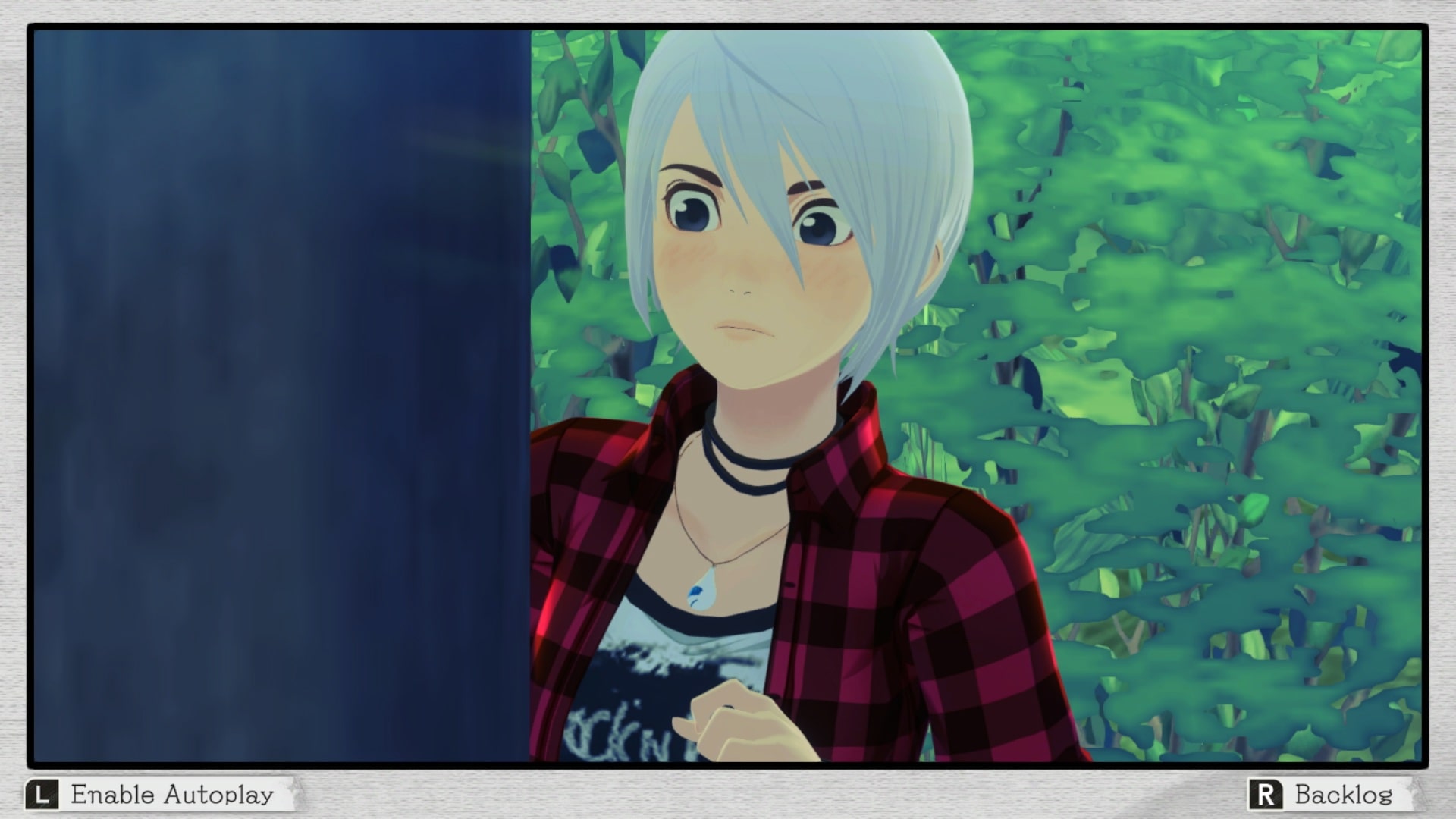
Another Code: Recollection’s version of it might not be exactly what original players on Wii experienced, but I adored this fascinating experience of being a virtual tourist. I adored every second spent with both of these games though, they’re wonderful. I think for fans scared of change, I’d say these are best experienced as a new Another Code title. This does change things up, but I think what is changed is done in service to a heartfelt ambition to modernize two niche classics. I hope this isn’t the end of Cing’s legacy, these kinds of games deserve another chance in the spotlight.
I’m not sure I’d be able to recommend Another Code: Recollection to people who prefer a higher ratio of puzzle to story in their adventure games, but if you’re fond of visual novels I think this is a solid recommendation. If you have a younger relative looking for something unlike anything currently on the market, I think this would make for an incredible gift. It might just change the way they see the world, and speak to them in a way no other games are capable of.
Version Tested: Nintendo Switch
Review copy provided by Nintendo

